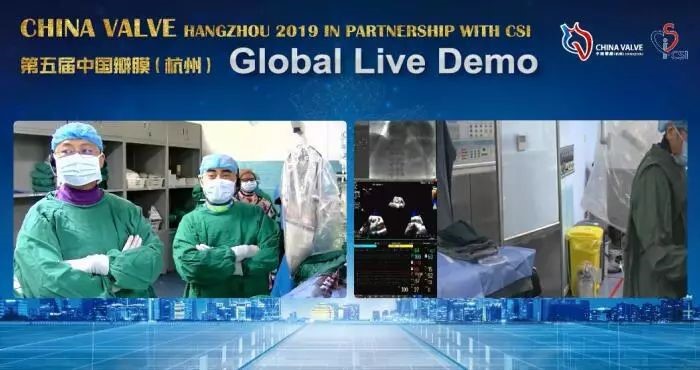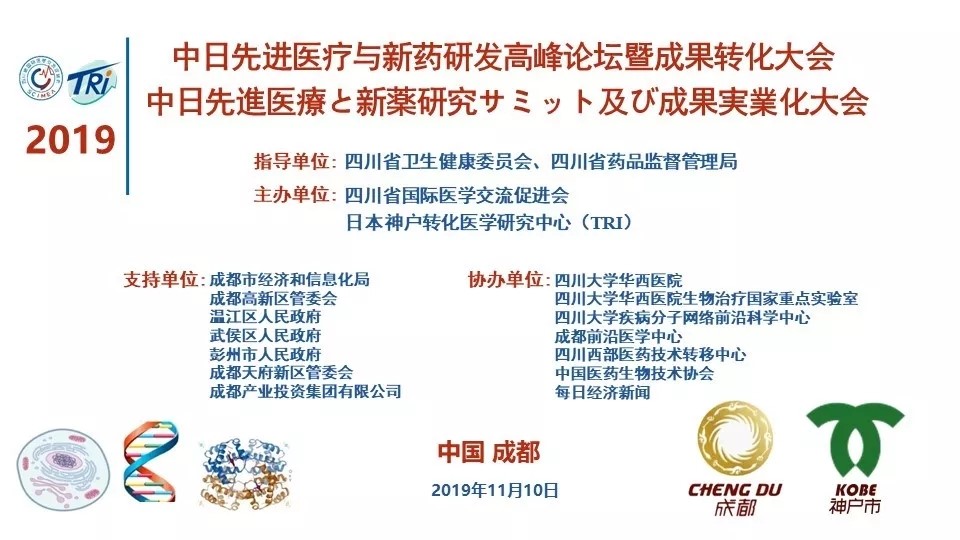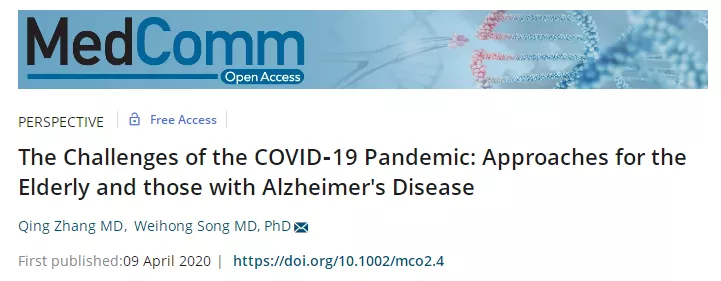Multiple organ dysfunction is an important cause of death in patients with sepsis. However, few studies have focused on the impact of sepsis on bone marrow (BM), especially on the cell components of BM niche. In this study, Prof. Botao Ning et al provdied a investigation of the dynamic change of BM niche components in sepsis process for the first time.
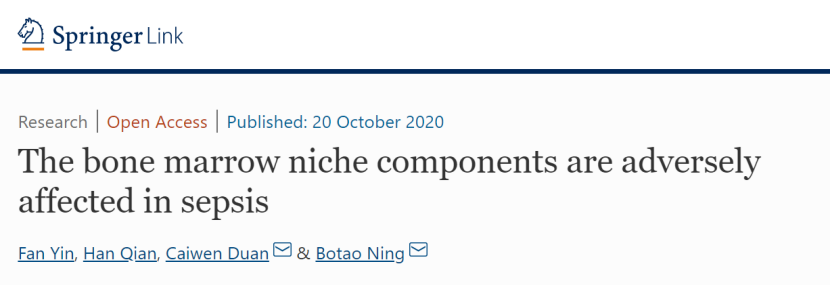
Interactions between organs during sepsis play a pivotal role in sepsis pathogenesis. Notably, BM plays an equally important part in sepsis, which contains hematopoietic progenitor cells and supporting niche cells. Niche components of BM do not participate in hematopoiesis, but support hematopoiesis and maintain niche homeostasis. About sepsis, there has been so far much research focused on the regulation of the BM hematopoiesis by the niche component [8, 9], but few dealt with the changes of endothelial cells (ECs), mesenchymal stem cells (MSCs) and immune cells in BM niche.
In this study, researchers performed mouse sepsis models by intraperitoneal injection of LPS and cecal ligation and puncture (CLP). The changes of niche major components in the mouse BM among vascular structures, mesenchymal stem cells and Treg cells were observed and analyzed. The results showed that pathological changes in BM was earlier and more prominent than in other organs, and various cell components of the BM niche changed significantly, of which vascular endothelial cells increased transiently with vascular remodeling and the regulatory T cells decreased over a long period of time (Fig. 1). These results indicated that the components of the BM niche underwent series of adaptive changes in sepsis.
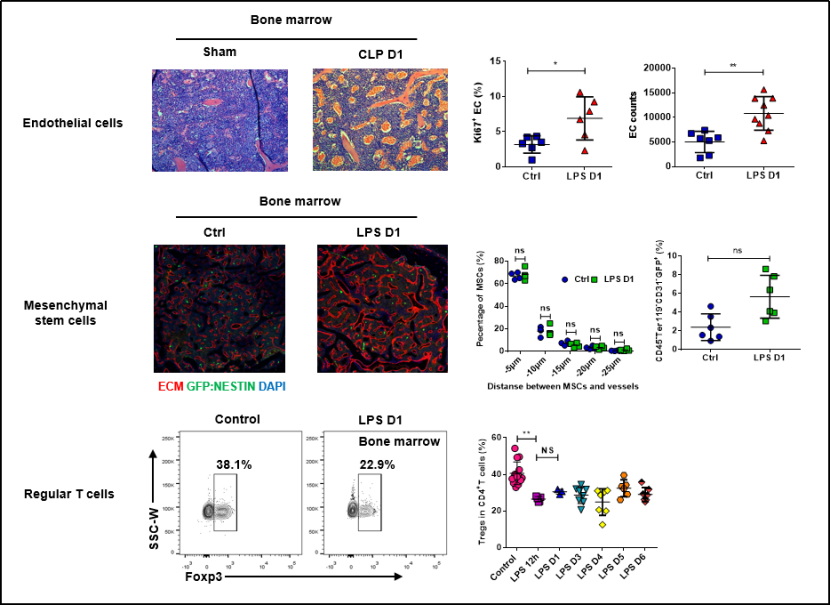
Fig. 1 Changes of BM niche cell components in CLP model with LPS stimulation
Article Access: https://link.springer.com/article/10.1186/s43556-020-00010-3
Website for Molecular Biomedicine: https://www.springer.com/journal/43556
Looking forward to your contributions


